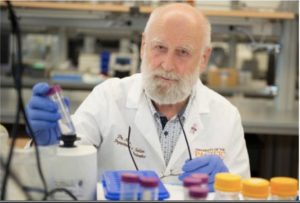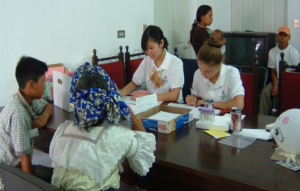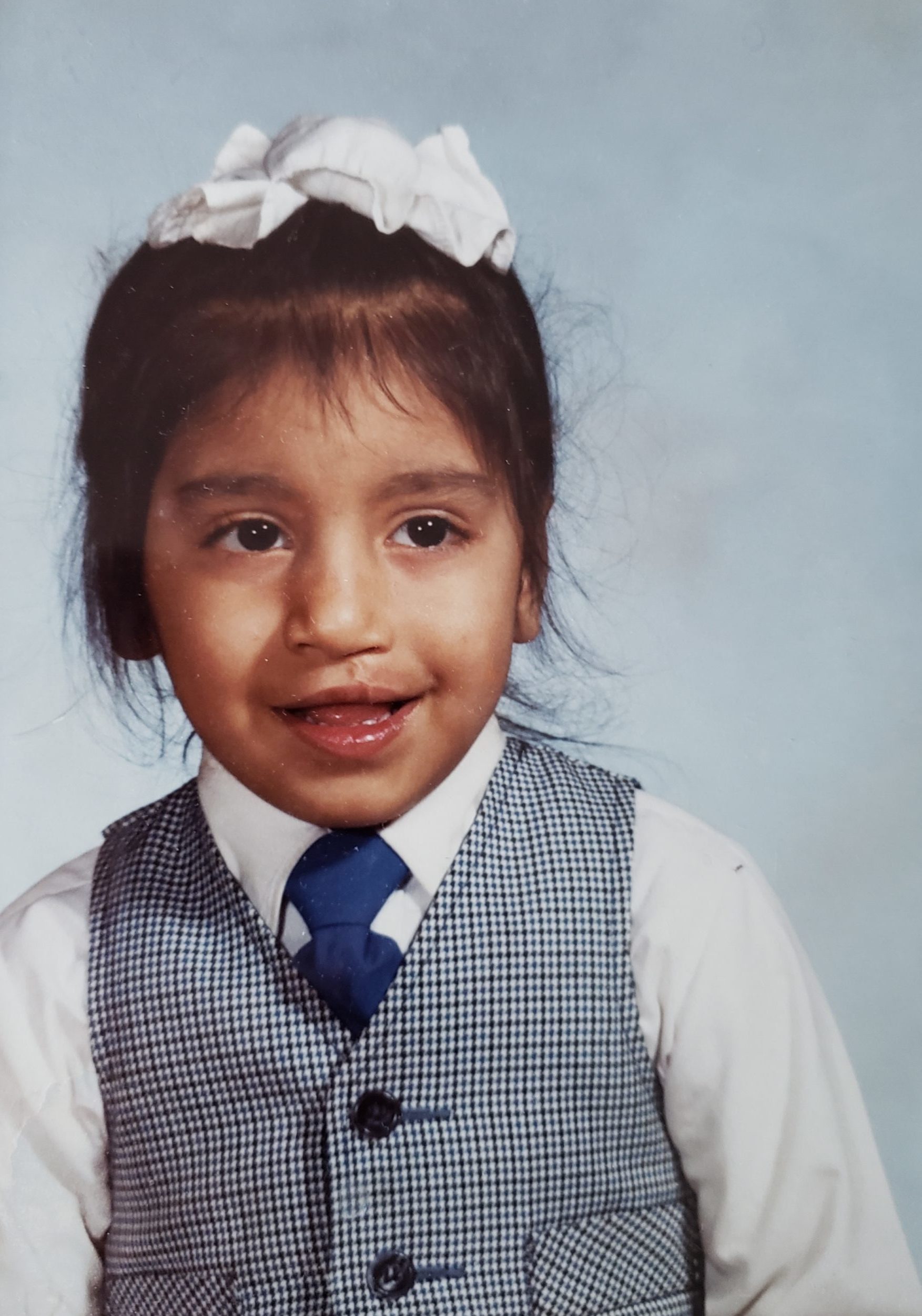Research on Prevention of Cleft Lip and Palate
Pediatrician from Cincinnati, Josef Warkany was among the first to find in animal experiments in 1940’s that malnutrition of mother, lacking B vitamins, may lead to development of birth defects in offspring. A foundational study on inheritance of cleft lip and palate was published by Danish plastic surgeon Poul Fogh-Andersen in 1942. In 1950’s, three plastic surgeons in the USA (L. E. Peer, B. Douglas, and H. Conway) who did repairs of clefts, started giving vitamins, including folic acid, to women in the beginning of their next pregnancy following a birth of a child with a cleft to prevent recurrence of cleft. Now we know why they were not successful – vitamins and folic acid were given too late – after the face of the embryo had been already formed.
Our research has been started fifty years ago and is continuing. In a large non-randomized interventional clinical trial on a sample of the Czech population we showed that periconceptional daily supplementation with multivitamins and 10 mg of folic acid reduced the recurrence risk for cleft lip and palate by about 65 % (Tolarova 1982, Tolarova and Harris 1995).
Similarly, in a large population-based case control study in the California population, we showed that periconceptional use of at least 0.4 mg folic acid reduced the occurrence risk for cleft lip and palate by 27-50% (Shaw, Lammer, Wasserman, O’Malley, and Tolarova 1995).
A number of nutritional studies also identified other components of mother’s diet that are important during her pregnancy: vitamins B12 and B6, Zinc, …
Other studies were done in countries around the world. It was found that prevention programs need to be developed specifically for a location and ethnicity of the population.
If you are interested in more data and information, you can find it in our brochure “Can you prevent cleft lip and palate.” Versions in Spanish and also in other languages are coming soon.
There is a wealth of information in scientific literature – and we are continually updating access to new studies – see in the section “ARTICLES”. As most of the articles are from professional journals, important details may not be easy to understand, if you are not a physician or scientist. Please, do not hesitate to contact us in Questions and Answers section.






